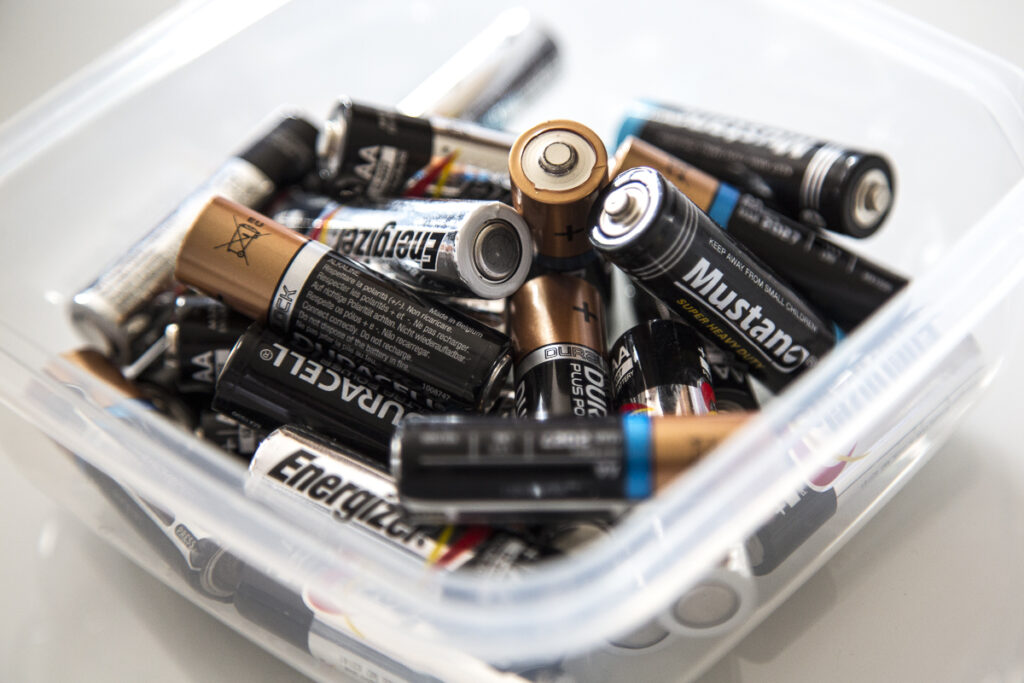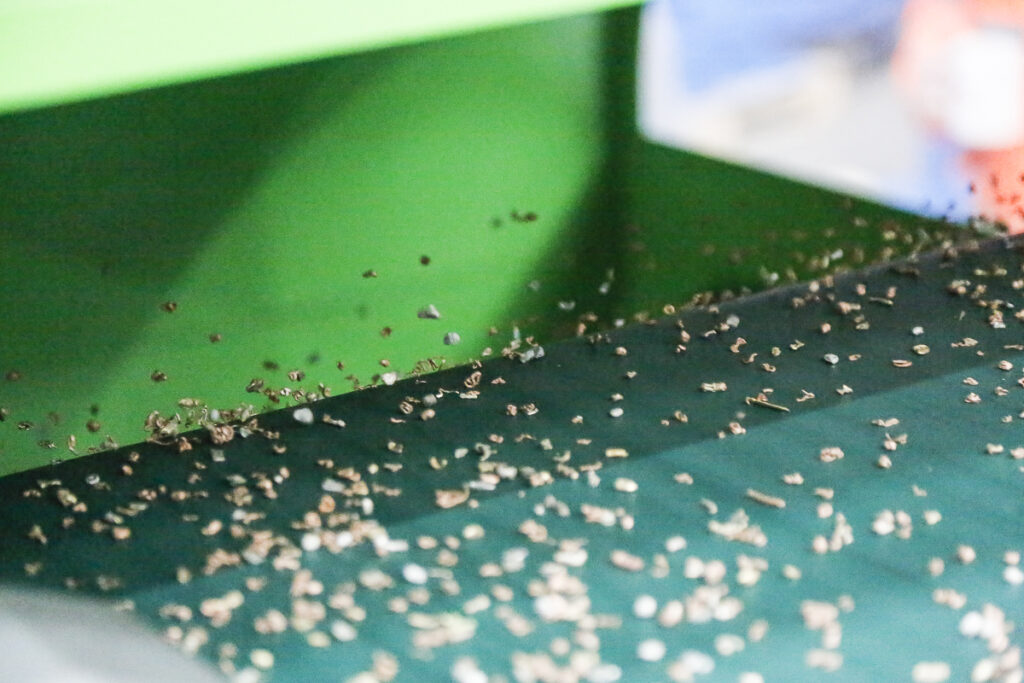Physical Metal Separation at ICBR 2023
By Paul Fears | 06 September 2023
Applying physical metal separation technology, such as magnetic and electrostatic separation, is the focus for Bunting at the International Congress for Battery Recycling – ICBR (6-8 September, Valencia, Spain). On booth 17, Bunting’s team of specialist engineers are highlighting technological advances to overcome the challenges of separating and recovering critical metals present in batteries.

ICBR 2023, organised by ICM, provides the battery recycling industry with an international platform to review and discuss the ever-changing challenges faced by the sector. For 28 consecutive years, ICBR has brought together the international community of experts and decision makers of the entire battery recycling value chain, including battery recyclers and manufacturers, collection organizations, OEM’s, policymakers, materials and services providers.
The Challenges of Battery Recycling
In the latest reported European statistics, around 229,000 tonnes of portable batteries and accumulators were sold in the European Union (EU) in 2020, with 99,000 tonnes being collected as recyclable waste. Since 2020, the global drive towards electric vehicles is generating a new source of potential battery waste. To combat the impact of electric vehicle battery waste, the EU introduced the Batteries Regulation. This means that battery manufacturers, which want to sell in Europe, will have to report the product’s entire carbon footprint, from mining to production to recycling, as early as July 2024. That data will then be used to set a maximum CO2 limit for batteries to apply as early as July 2027, ensuring that companies make them using clean energy instead of fossil fuels.
There are other EU directives focused on addressing the issue of battery waste including the requirement for, at least, 65% of a lithium-ion battery’s weight must be recycled by 2025 and this increases to 70% in 2030. There are also specific targets for individual metals such as lithium, cobalt, copper, nickel and lead.
Successful recycling of batteries is dependent upon the technology to break-up the battery to enable separation of key components. Mechanical technology, such as magnetic and electrostatic separators, potentially provide the best environmental solution as they do not create another waste source as seen with some chemical-based separation solutions.
Metal Recovery from Used Batteries
The recycling of a battery involves many complex processes that vary depending on the type of battery (i.e. Lead, Lithium-ion, etc). Once shredded, high-intensity Magnetic Separators such as Drum Magnets are used to separate the steel and ferrous metal content. Any larger non-ferrous metals are recovered using primary-stage Eddy Current Separators. Metal Detectors are often installed prior to shredding to identify any large iron or hard metal that could damage the shredder blades.

When processing the finer sized fractions, specific designs of Eddy Current Separators followed by ElectroStatic Separators enable maximum metal recovery.
“We are working with a number of research groups and universities on maximising metal recovery from used batteries,” explained Professor Neil Rowson, Bunting’s Laboratory Manager. “As a collective, we can identify the optimum process route for different types of batteries. This includes determining the best shredding size for maximum metal separation. Work is ongoing, especially with the recycling of electric car batteries, although we have already installed a number of metal separation systems at European battery recycling facilities.”
Related Recycling Articles
For further information on Magnetic Separators, Eddy Current Separators, and ElectroStatic Separators for metal separation in recycling applications or to discuss a specific project including undertaking tests in our Customer Experience Centre, please contact our technical sales team on:
Email: Michael Allen (mallen@buntingmagnetics.com)
Telephone: +44 (0) 1527 65858
Follow us on social media
Photographs and video taken by Paul Fears Photography
Follow us on social media